When it comes to lighting, choosing the most suitable fixture is as crucial as selecting the placement or the design. There are lighting fixtures and installation-related matters you need to know. Get to know more below.
You may know it as ‘light fitting’ or ‘housing.’
The two are just another word for a lighting fixture. However, if you’re looking for a standardized technical term for it, you should go for ‘luminaire.’
A luminaire or light fixture is the composition that makes the lighting whole, from the outermost to the innermost part. Here are the components of the lighting fixture:
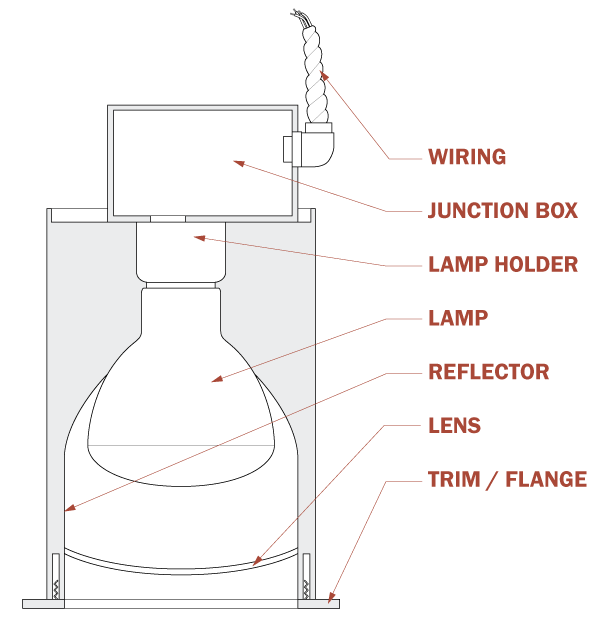
At some fixtures, the components may differ from the picture above. Rest assured, because nothing is wrong with it. It’s just that some elements are optional, and the fixture will still work just fine, even without them.
At this point, you might wonder, why is the fixture important? Isn’t it enough to use whatever fixture you can get on hand?
The answer is “It won’t.”
Fixtures play an essential part in creating the vibe of the room. Every fixture will highly affect the way the light emerges. It shapes the ambiance, but it will also improve your daily activities should you apply them correctly.
Here’s an example to help you acquire a better picture:
Surface-mounted downlight is a fixture that expresses simplicity and elegance. They’re perfect for accent lights around the kitchen. However, as a task light below your kitchen cabinet, they might not be as effective. Why is that?
That type of fixture has a housing that’s intended to be visible. That makes the size rather big and challenging to be installed below your kitchen cabinet. Thus, they have a bigger chance of hindering your cooking activity than helping.
As a better choice, if you need to have a task light in your kitchen, you may want to look for LED Striplights instead, as it voices the same simplicity and elegance while also being functional.
What is considered a lighting fixture?
There are many types of it, with various placements, purposes, and designs. Even so, there are three types of fixtures based on how it’s installed:
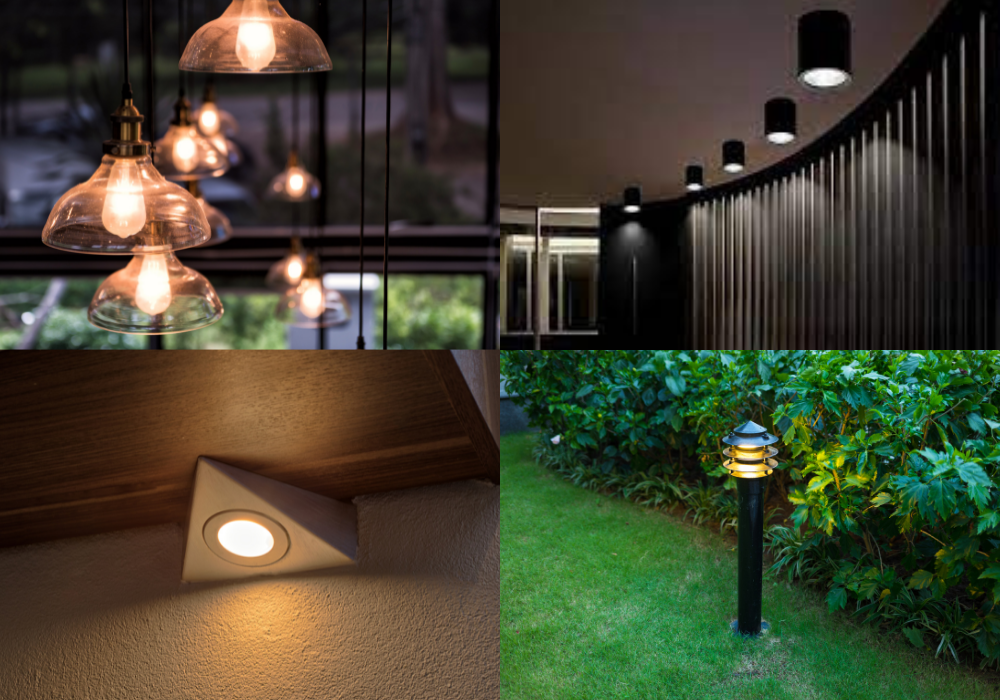
Just as the name stated, fixed fixtures are non-moveable fixtures. You will find it very familiar as it’s one of the most common lighting fixtures.
Want an easy-to-install, easy-to-customize lighting fixture? Magnetic Track Light is the one. With no wiring nor complicated tools needed, the magnetic track light requires less time to set up or disassemble than the other kind of fixture.
A magnetic track is installed in any space you want with this fixture. There are many varieties of shapes that you can play with, such as L-shape, U-shape, or even S-shape. Add as many combinations of bulbs as you want, and you’re all set. The limit is your imagination.
This kind of fixture is quite popular. Though usually round-shaped, these fixtures are intended to be placed within the ceiling in every corner of the room. Given the size, recessed lights are generally used as an accent light and act as the balancer to make sure the brightness distributes evenly.
Sometimes, hiding your fixture above your ceiling might not be the answer. At times like that, turn to surface-mounted lights to give a different lighting appearance.
This kind of surface will give you a simple and sleek visual. It will add an accent to the space and, if used correctly, will balance out the room’s lighting. It’s suitable for many applications and themes.
As the name stated, outdoor fixtures are usually placed in open spaces, such as gardens, backyards, or pools. A few examples of this fixture are stair lights or spotlights between your flowerbeds.
Since outdoor lights are prone to be struck in extreme weather, they have special features to enhance resistance, such as waterproof or anti-fog features.
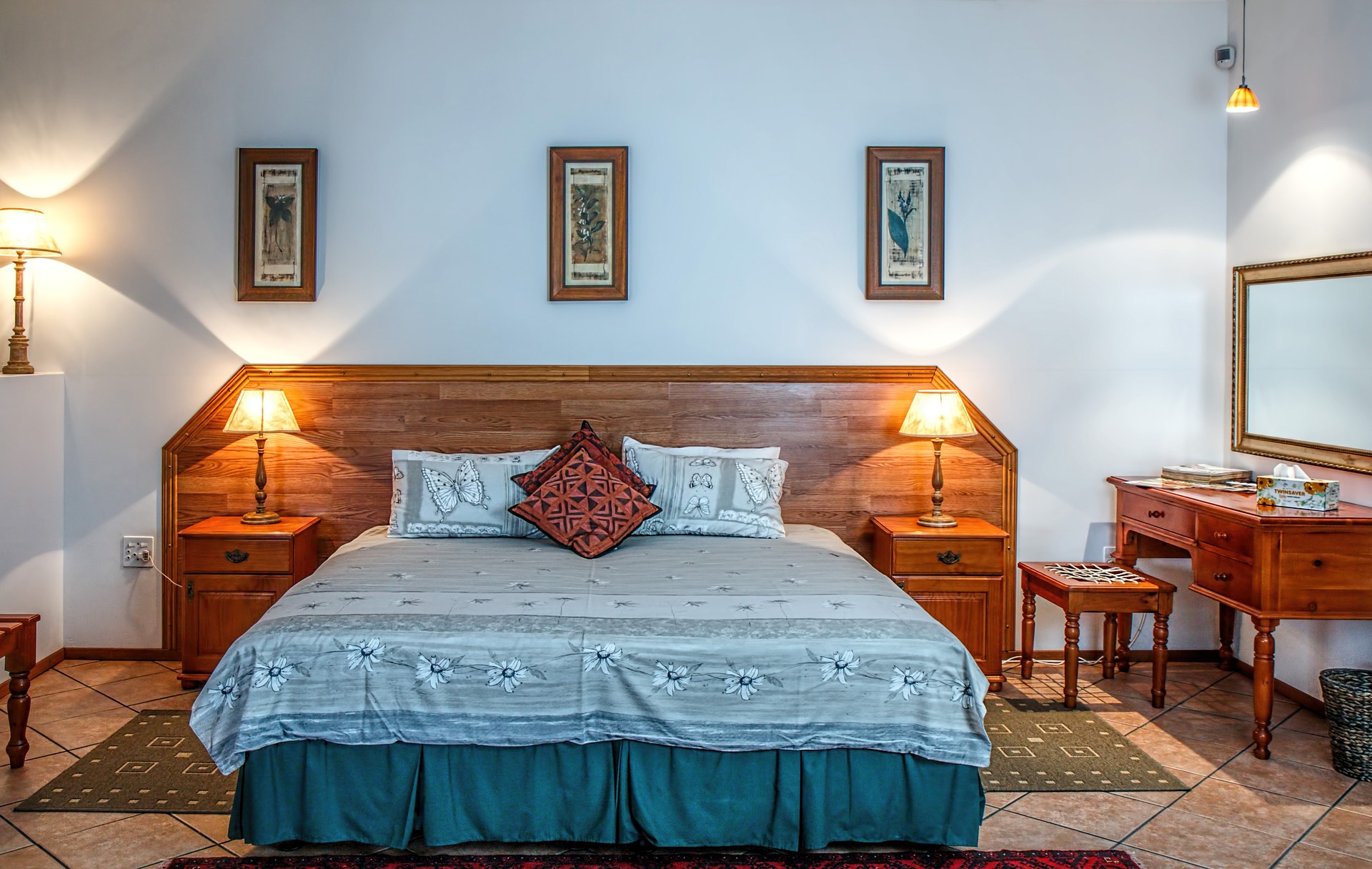
Unlike fixed fixtures, portable fixtures are fully-adjustable and easy to carry around—for example, standing lamps or desk lamps. Rather than being the primary source of lighting, portable fixtures usually act as complementary lighting. It usually applies as an accent light or task light.
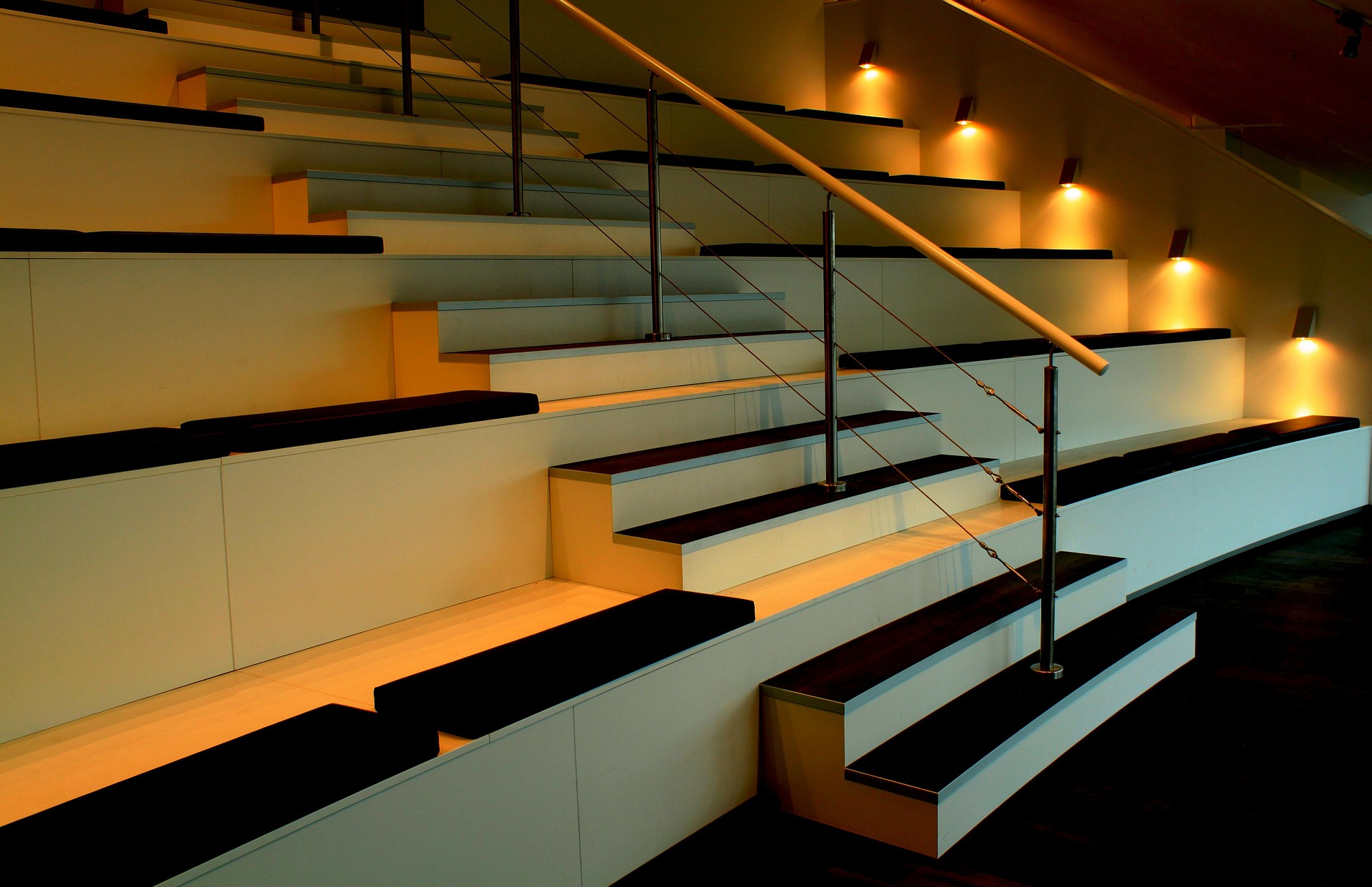
If you see it from another point of view, there are fixtures intended for particular purposes. The purposes may vary depending on the light placement.
For example, inground lighting may help illuminate the steps in your space. Or you can use a spotlight to accentuate particular objects, such as art pieces.
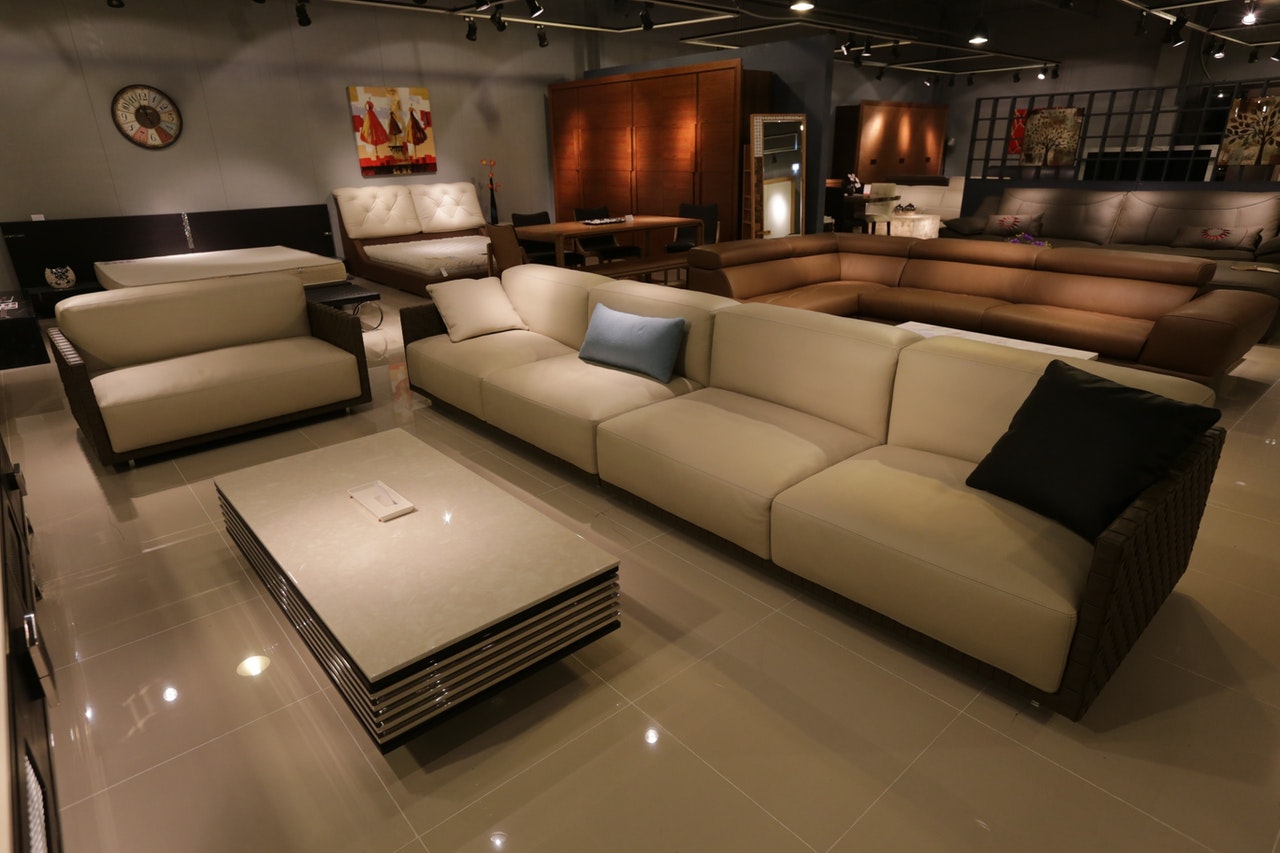
Want to start paying more attention to the lighting in your space? Here are three essential requirements:
Think about how you want the light to beam on your objects or how it will help your activities. Should it be intense, or should it have a softer glow? Making sure the brightness suits your needs is a great way to start.
The direction of the light from the fixture will also hold a great deal to the effect it could make. The direct beam from the fixtures to the objects will make it look more intense and dramatic. Meanwhile, an indirect beam will help you display warmth and a welcoming feeling.
The suitable size of the fixture usually differs depending on where you’re going to put it. So it’s best to measure your room and furniture beforehand to get the ideal fixture.
Want to be free from the hassle? Let Elca handle all that for you.
As a professional lighting company, Elca provides various quality lighting products, ranging from indoor lighting to outdoor to pool lighting. Elca guarantees the excellent quality of products and also a safe installation method.
So, if you have any questions about lighting fixtures and installation, grab your phone and ask the experts themselves.
You must be logged in to post a comment.
There are no comments to this article.